Tash-Komur Dump
41°23’7703″N 72°12’9936″E
According to specialists, a spontaneous dump is a serious source of environmental pollution. In the depths of the garbage pile, decomposition processes occur, involving anaerobic bacteria. As a result of this process, toxic biological gas is released, one of the components of which is methane.
Deep soil contamination occurs, foul air is carried by the wind over long distances, and if groundwater is present beneath the dump, it is practically poisoned by toxins. Thus, the nearest water bodies are toxic and dangerous for humans. The soil becomes unsuitable for use for several hundred years after the dump is closed.
The size of spontaneous dumps is increasing at a catastrophic rate. They consume land, lead to the destruction of local flora and fauna, expand to the nearest settlements, and poison people. The irrational, outdated, and immoral policies of local authorities and capital officials in the field of waste collection and disposal have resulted in thousands of semi-spontaneous dumps operating in Kyrgyzstan. All of them do not meet modern requirements for the organization of such facilities. Dozens of hectares of beautiful and invaluable land have been allocated for dumps.
According to specialists, a spontaneous dump is a serious source of environmental pollution. In the depths of the garbage pile, decomposition processes occur, involving anaerobic bacteria. As a result of this process, toxic biological gas is released, one of the components of which is methane.
Deep soil contamination occurs, foul air is carried by the wind over long distances, and if groundwater is present beneath the dump, it is practically poisoned by toxins. Thus, the nearest water bodies are toxic and dangerous for humans. The soil becomes unsuitable for use for several hundred years after the dump is closed.
The size of spontaneous dumps is increasing at a catastrophic rate. They consume land, lead to the destruction of local flora and fauna, expand to the nearest settlements, and poison people. The irrational, outdated, and immoral policies of local authorities and capital officials in the field of waste collection and disposal have resulted in thousands of semi-spontaneous dumps operating in Kyrgyzstan. All of them do not meet modern requirements for the organization of such facilities. Dozens of hectares of beautiful and invaluable land have been allocated for dumps.

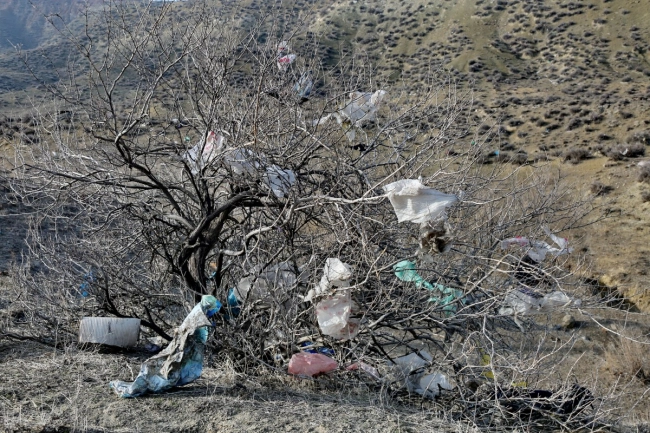
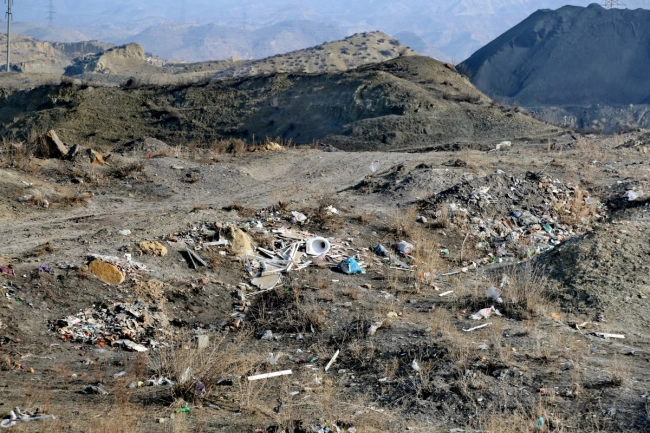
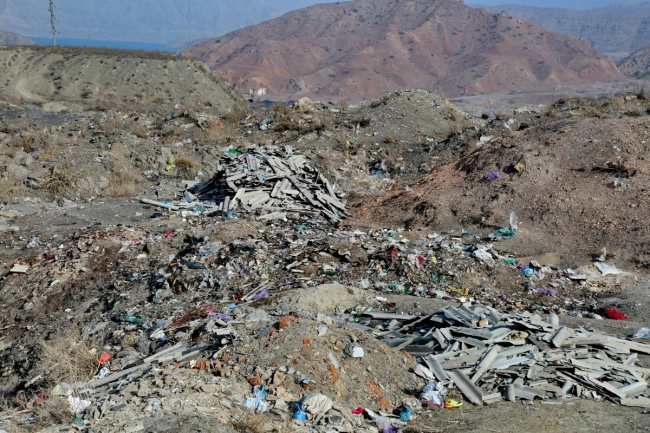
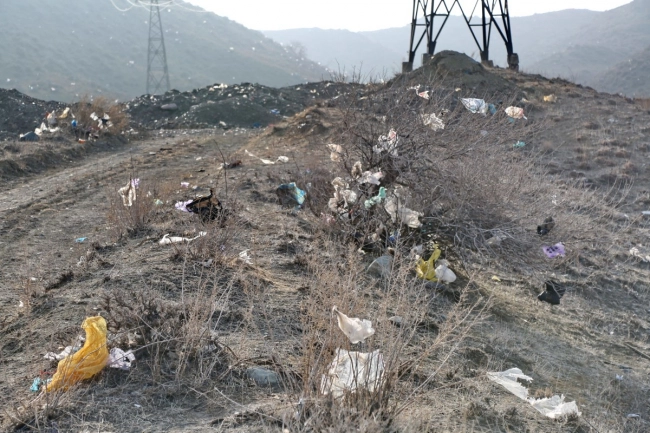

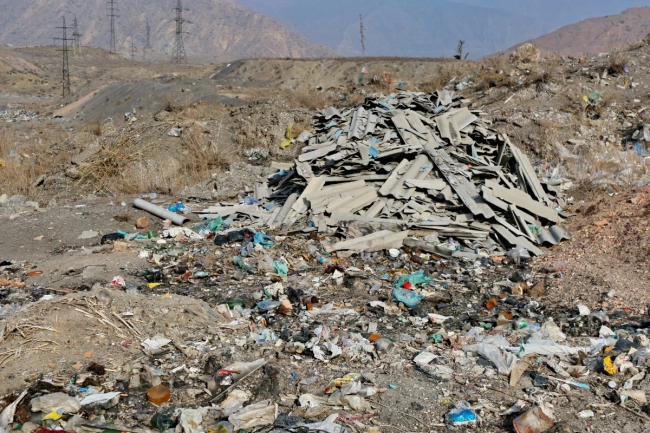

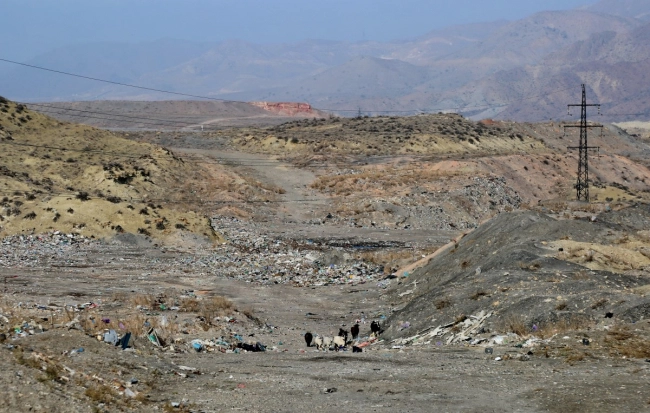
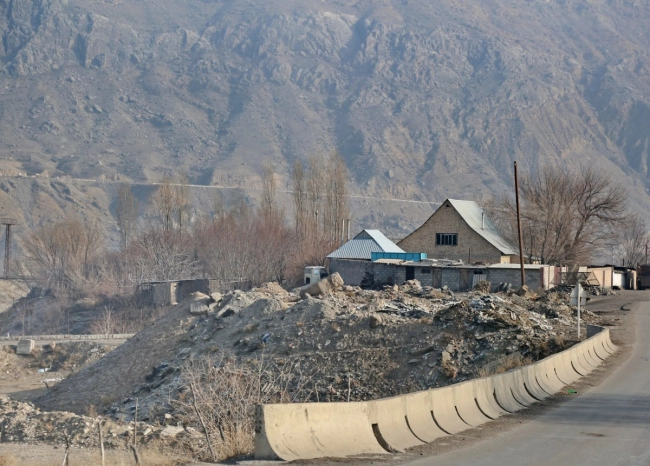


















Attention: Information based on submitted complaints